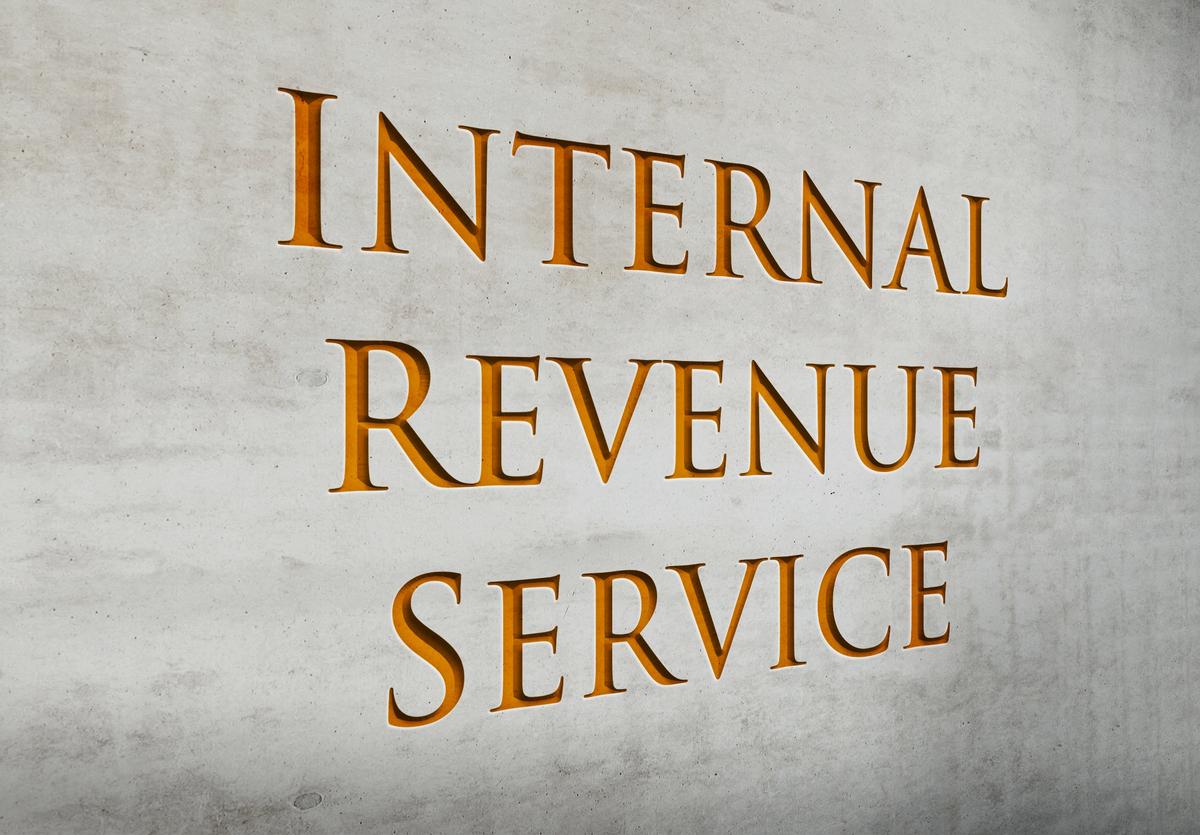TPS Time & Billing offers a competent time and billing solution with linking to Microsoft Outlook functions, including client/contact management synchronization. In addition to flexible invoicing options, the program contains a large set of customizable management reports and utilities, enabling the system to provide broader support for practice management initiatives such as measuring profitability of staff, tasks and clients. The system costs $279 for a network-ready one-user license; additional users can be added for $99 each.
EASE OF USE – 4.5 Stars
Time & Billing’s primary interface offers clean and understandable icons for accessing the program’s functions, including the client list, time entry functions, work code management, staff management, billing, clients and additional modules. The client selection screen provides a spreadsheet view of clients that is searchable and sortable by a variety of information columns, including contact information, which is readily available on-screen. This is helpful when simply looking up a client’s phone number. This screen also contains several small icons for tasks such as adding new clients, and also includes a link to Microsoft Word. Navigation through the system is simple, and is aided by the intuitive icon menus and ‘hot’ keys, as well as occasional right-click menus.
Manual time entries are made in the Time Entry area, which provides a small calendar that enables jumping to a specific date for editing or time entry. It also shows a unique and helpful timeline that presents time previously entered against clients, as well as billing rate and other information, with timesheet details accessible by clicking the entries. Time can also be entered using the system’s stopwatch feature, which allows multiple timers to be open at once and allows pausing, helping to time active work and automatically transferring that time to a timesheet. The start and stop buttons for this feature are rather small. The after-the-fact time entry system is preferable and shows all timesheets for the selected day for a staff member, defaulting to the current day. When entering a new slip, the staff member uses pull-down selection lists to identify the client worked on, the specific engagement or project, the type of task and the time spent on it. Timesheets can be duplicated and edited for creating sheets for identical or similar tasks. The system tracks time in increments determined by the user, defaulting at 1/10th hour (six-minute) increments, which can be overridden as needed. The dialog boxes on which data entry takes place are comfortable and easy to work in, resembling Outlook contact management functions.
MANAGEMENT FUNCTIONS – 4 Stars
TPS Time & Billing supports an unlimited number of clients and staff members, with up to four levels of responsibility. Each staff member can have as many as 20 predefined billable rates, including an overhead rate to account for salary, benefits, etc. An unlimited number of special rates can be set up and associated with clients. Via the Client Information screen, users can set up these rates and can manage additional information, including WIP, AR limits (if applied), as well as client referral data. Flat-rate and fee-based billing is also supported, and Time & Billing’s AR function includes user-defined finance charges, statements and aging reports, and allows reprinting of invoices. An audit trail and invoice history function provides drill-down access to prior billing statements and client/staff time entries.
The program’s integration with Outlook keeps contact information synched between the two programs, reducing redundant data entry and errors. The appointment scheduling function also transfers data to Outlook’s calendars. It also offers a report to view the entire activity of a firm by client, work code, employee, engagement or date. TPS Time & Billing uses a synch system to support the use of PDAs and laptops for remote data entry.
BILLING & REPORTING FEATURES – 4.5 Stars
TPS Time & Billing’s report functionality is based upon Crystal Reports and provides pre-built invoices and customer letters, as well as reporting tools for AR, work-in-progress, and cash- and accrual-basis financials. The system can also produce client and work code reports; task, WIP and activity reports; employee schedules; and reports for cash flow and trial balance. Invoices can be generated with full detail or summary information using the program’s Quick Bill and Detail billing functions, and users can also print interim statements. The system can produce documents in Microsoft Word (*.DOC) format.
INTEGRATION – 4 Stars
As noted earlier, Time & Billing integrates with Outlook for synchronization of client/ contact management and offers one-click access to Outlook’s appointment function from within the program, but does not offer integration with accounting packages. It integrates with Word to produce reports as *.DOC documents, providing easily editable and customizable output.
SUPPORT/HELP – 4.5 Stars
The program includes a standard index-based help utility, in addition to FAQs, training videos and tutorials. Phone support and online product updates are included with the program for only the first 60 days, after which users will need to subscribe to a support plan that starts at $75 for a single user and $35 each for additional users.
RELATIVE VALUE – 5 Stars
Starting at $279, and with low-cost support pricing, TPS Time & Billing is certainly one of the least expensive time and billing programs on the market. It provides generous billing and reporting options in addition to firm analysis tools. The program’s integration with Outlook is also a time and error saver.
2004 OVERALL RATING: 4 Stars
The programs reviewed here all provide
basic time management functions,
allow for tracking of expenses,
and offer invoicing and a variety
of managerial reporting. They differ
in their approaches to these functions
and some offer additional tools
such as contact management, scheduling
applications and communications
tools. After consulting with professional
accountants and vendors, we scored
the software in this review in each
of the following areas:
Ease of Use ‘ The most challenging part of implementing a time and billing
regimen is ensuring that staff members use the system
properly, whether by operating in-progress
timers or entering time after-the-fact.
If the system isn’t easy to
use, with intuitive navigation,
staff won’t be as reliable
in their use of the program, and
time or expenses may get lost.
Management Features ‘ This section identifies how the program handles time
and flat-rate billing, the number of clients and timekeepers supported, multi-currency
capabilities, calendaring tools, contact management functions and whether the program allows
remote entry of time, client, and expense data by PDA or web-based interface.
Billing & Reporting Features ‘ The billing capabilities of these programs
obviously affect their overall value to a
firm. This section looks at AR functions,
as well as aging, rates and code
structures, split/partial/interim
billing, markups on expenses and
invoice options. As well, the reporting
functions of the programs are examined,
specifically with regard to standard
reports, productivity analysis reports,
customization options and final
output.
Integration ‘ This section looks at the ability of a program to share data
with GL, payroll or other accounting programs, as well as with office productivity
applications such as Microsoft Outlook, Word and Excel.
Support/Help ‘ Here we assess a program’s built-in help utilities, online
support options, availability of
training and whether support options
are included or available for an
added cost.
Relative Value ‘ This section provides the reviewer’s subjective opinion of
what the user gets for the price. There is some variance in the pricing of the programs in
this review, but it is not very wide. Value, of course, is not exclusively related to cost.
However, sometimes the best deal is not the cheapest, and sometimes the most expensive
option does not provide the best function.
Thanks for reading CPA Practice Advisor!
Subscribe Already registered? Log In
Need more information? Read the FAQs



